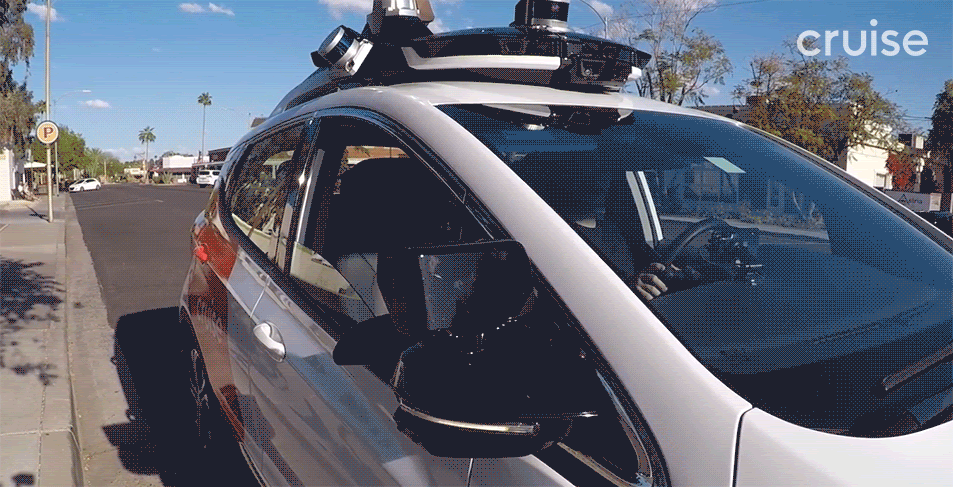The Future of AI & Self-Driving Cars

If there’s one area of the tech industry that seems to be unstable these days, it’s self-driving cars. The world of autonomous vehicles seems to be stuck in a self-defeating loop of progress and setbacks that begs the question: When will self-driving cars finally become a reality in our everyday lives?
Of course, genuine self-driving automobiles have been in operation for quite a while at this point. In 2014 Google announced that it already had developed self-driving cars that had collectively driven 300,000 miles without a single accident.
But, for every triumphant announcement like, a news story breaks about an accident or other setback involving an autonomous vehicle, and the question comes into play of whose fault the accident was. Naturally, incidents like these can create shake-ups and major delays.
With all of that said, the question still stands. When will we share the roads with fleets of autonomous vehicles flawlessly shuttling their passengers from one destination to another? Let’s break down the situation and find some answers.
AI in the Self-Driving Sector
A key component to a truly self-driving car is the development of a truly capable artificial intelligence system.
AI is advancing by leaps and bounds every year. From robotic lawyers to AI-powered musical composition, a rich and complex history of traditional crafts and careers are constantly being challenged by the arrival of artificial intelligence on the scene.
With so much in motion, then, where do self-driving cars stand in the AI “arms race” that is propelling nearly every sector of business and tech-forward at increasingly mind-numbing speeds?
Unfortunately, the answer to the question is as confusing as asking if a human teenager is truly ever “ready to drive.” Even if they pass the drivers test with flying colors, their inexperience still remains an unavoidable handicap until they’ve had a chance to iron out their flaws.
In the same vein, answers as to whether AI is ready to take to the roads en masse via self-driven cars seem to be mixed. On the one hand, AI has been influencing the business world for quite some time now. In the area of autonomous cars, it has had an excellent driving track record. However, the impact of artificial intelligence in any sector has historically trended towards a more gradual change than a sudden one.
In other words, AI isn’t a switch you simply turn on to automate something. The integration is typically much more subtle. For instance, as machine-learning algorithms have grown increasingly more refined over time, they’ve been able to take on more and more things, like braking and lane detection.
In cities, AI has managed to have a greater impact in areas like public transportation. For instance, it has been successfully integrated into helping to run China’s Shanghai Maglev bullet train.
But, for all of these significant accomplishments, artificial intelligence still hasn’t fully been given the wheel, and judging when it will truly be ready to drive on its own remains a rather elusive subject.
How Bots Will Factor Into the Equation
While an exact timeline for the commercialization of fully autonomous vehicles refuses to present itself, there’s no doubt that bots are shaping up to play a major part in the final product, whenever it does arrive. Projecting how that impact will look creates some interesting scenarios.
For instance, it’s easy to see how bots can help in areas like healthcare or business. The former has seen huge leaps in areas like telehealth, where patients often interact with chatbots when inquiring about care or finding out the status of requests and results.
In a similar manner, the integration of bots into the business sector in general has completely redefined traditional things like supply chains and inventory management. From tracking products to processing orders and providing various levels of customer service and interaction, bots are playing a heftier role in day-to-day operations across the board every passing year. In fact, supply chain automation is one of the biggest modern trends in inventory management.
In an area like self-driving cars, where there is little to no precedent or data to work from (at least on a larger scale), the actual impact of bots is naturally a bit more speculative. However, there’s no doubt that they’ll have an important part to play once the rubber finally hits the road in earnest.
For example, an obvious way that chatbots, in particular, will find a home in the self-driving world is through communicating with passengers in order to pick them up, transport them, and then drop them off in appropriate locations. In fact, that is exactly what Uber’s ex-CEO Travis Kalanick had in mind when he shared about how his company’s autonomous future could involve chatbot technology.
Another area that consumers and industry leads alike will be curious to see unfold is how bots become involved in monitoring the plethora of systems that will be present in each vehicle. While they’re new, repairs and other driving issues will likely be few and far between, but long-standing driving wisdom dictates that getting used cars rather than new ones can be economically savvy.
With the likelihood that consumers will look for used self-driving cars at least as often as new ones, another concern that naturally arises is how older self-driving cars will hold up over time. Will bots be able to play a part in informing a vehicle’s owners about maintenance and other operational failures before they become dangerous? Only time will tell.
Bots Playing Their Part
Whatever the details, there’s no doubt that chatbots and bot tech, in general, will continue to find a home in the self-driving sector. Whether it comes in the form of diagnosing problems, interacting with passengers, or anything else, having bots available will certainly help facilitate the process of bringing autonomous vehicles to the road for commercial use as soon as is safely possible.








